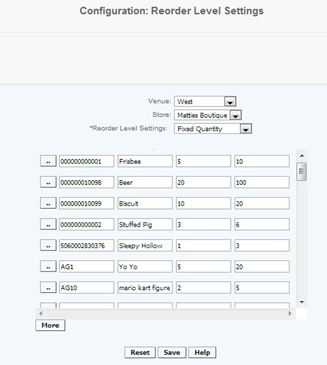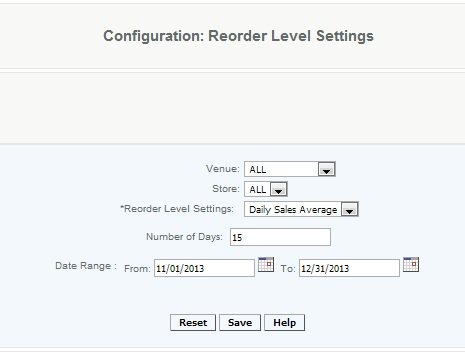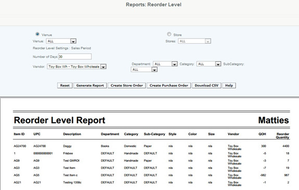Predictive Reordering
Kristy Sherman
What is Predictive Reordering:
Retailers have historically relied on a combination of resources such as supply chain software, internal analysts, and intuition to forecast inventory needs. With increasing margin pressure, many retailers have focused on finding more accurate methods for forecasting inventory. Predictive analytics is the solution. It offers the ability to accurately forecast the right products to the right store locations.
The problem of determining adequate stock levels balances the following competing costs.
The cost of storing high levels of stock. These costs refer to the price that is paid by the retailer for securing physical space, for extra supplier purchases, and for the distribution that is associated with maintaining high levels of product stock at all retail stores.
The cost of missed sales. These costs are incurred when a customer comes into a store and wants to purchase a given product, but is unable to because the product is out of stock.
The system has three options to select from (Sales Period, Fixed Quantity, and Daily Sales Average):
Sales Period
Uses the current time period to determine the reorder quantities. In this example, it is the past 30 days. The retailer would use the sales from the last 30 days to determine what should be reordered.

Fixed Quantity
Desires stock levels are set on the individual item. Used mostly for retailer with a small range of items sold and very specific inventory quantities needed

Daily Sales Average
Provides the greatest flexibility for the retailer. Restock based on the same period from the prior year. If you need to stock for your peak sales period, use this option to get results based specifically on those dates.

Reorder Report:
